27 Aug 2013 Food Deserts: Not What They’re Cracked Up to Be on MSNBC
This evening on MSNBC, Chris Matthews and Clarence Page were moaning about “food deserts,” which is a liberal nickname for places in the United States that don’t have grocery stores, or have grocery stores that don’t sell many or any fresh fruit and vegetables.
Matthews was expressing concern that the apples in some mythical “food desert” store were several weeks old.
Even kids (but apparently not MSNBC talent) know fruits and vegetables don’t have to be fresh to be nutritious. What’s more, canned and frozen veggies nearly always give you a bigger bang for your buck, which is the kind of thing that matters if you are too poor to travel over two miles to a grocery store.
And then there’s the obvious market point that if demand for fresh fruits and veggies were high in a particular neighborhood, the local stores would carry them. Stores tend to carry what the consumers want to buy.
Maybe Chris Matthews’s proverbial apple is several weeks old because no one bought it? Maybe they spent their money on canned green beans and frozen corn.
The whole thing reminds me of a little investigation I did soon after Michelle Obama announced her anti-food desert crusade back in 2010. At that time the federal government listed three food deserts as located within our largely middle-class county. I decided to visit these areas of deprivation, both by car and Google street view. Take a look at what I found back then…
Are food deserts, defined by the federal government as a low-income area in which residents live over two miles from a grocery store, something we should worry about? The U.S. Department of Agriculture and First Lady Michelle Obama say they are.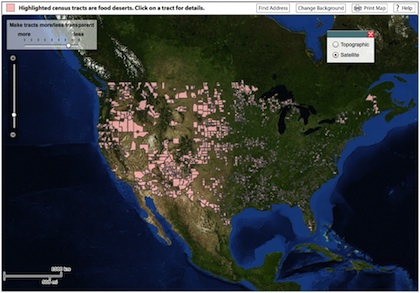
To investigate, I checked the food desert locator created by the U.S. Department of Agriculture (USDA) where I live, Anne Arundel County, Maryland.
Anne Arundel, better known as the home of Annapolis, the U.S. Naval Academy and the National Security Agency, has three food deserts.
Food Desert #1 is part of the Fort George G. Meade U.S. Army base. If the USDA thinks it does not have enough supermarkets, it should call the Pentagon.
Food Desert #2 is just outside of Ft. Meade. Here’s a photo of some typical homes, on Gale Lane in Severn. Homes around here run about $400,000.

Food Desert #1 is part of the Fort George G. Meade U.S. Army base. If the USDA thinks it does not have enough supermarkets, it should call the Pentagon.
Food Desert #2 is just outside of Ft. Meade. Here’s a photo of some typical homes, on Gale Lane in Severn. Homes around here run about $400,000.
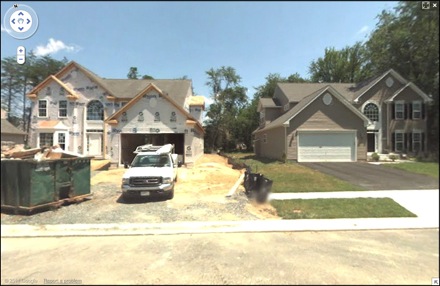
And here’s a photo of one of the least expensive neighborhoods of this particular food desert, typified by these townhomes off Indian Drive. These townhomes cost about $100,000.
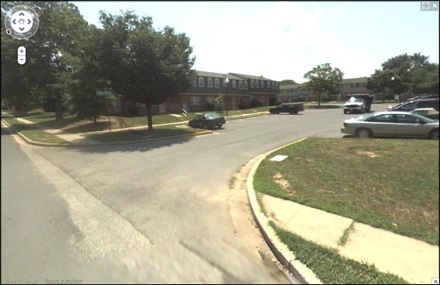
If you lived in these townhomes, and didn’t own a car, you’d have to walk 4 minutes to get a bus. Here it is!
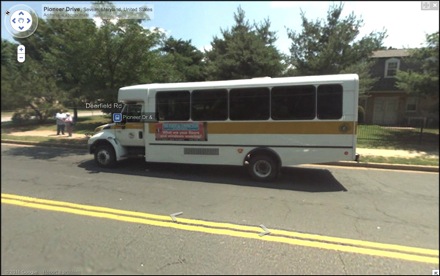
Your bus trip would not take long. There are three full-service grocery stores under two miles away from your home, and a Safeway next to a huge mall (with a casino!) 2.4 miles away.
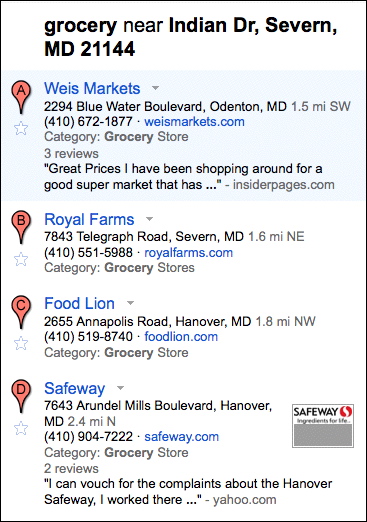
And then there’s Food Desert #3. I went to a birthday party there once. Houses there are bigger than ours.
Here’s one neighborhood that’s just about dead center in Food Desert 3. As you can see, the neighborhood planners foolishly built a community pool instead of a grocery store.
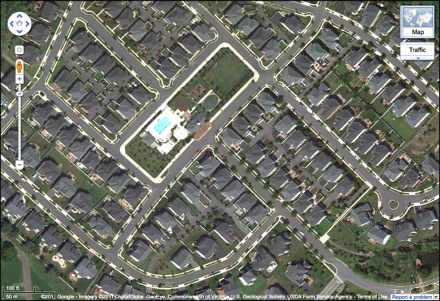
Here’s what the neighborhood around the pool looks like.
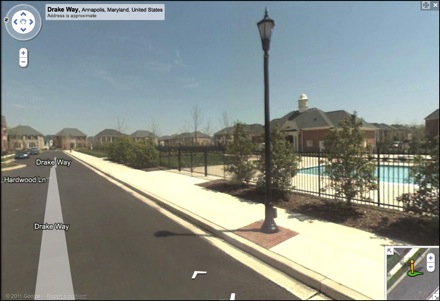
The government says people in food deserts become obese because they can’t get to stores selling fresh fruit and vegetables. Maybe the people in this food desert could swim more often?
When the family in this food desert house can’t get to a grocery store, I bet they send a maid.
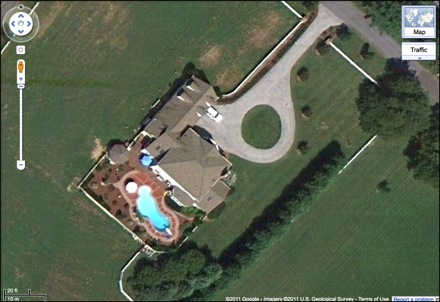
Sometimes when you live in a food desert that is on a hill overlooking water, you may have to use your yacht to get to the grocery store. Adds a new level of meaning to the word “desert,” doesn’t it?
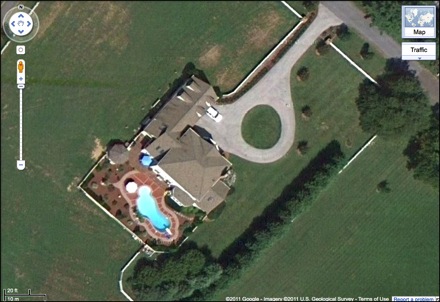
Pop quiz: Can you guess which of the estates in this picture, the ones on the right or the ones on the left, are in a food desert?
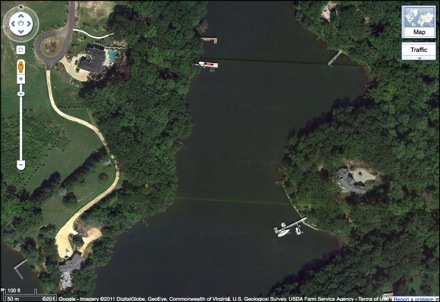
It was a trick question. They all are!
You can see that 1 Poplar Point Rd, Edgewater, Maryland is within this food desert.
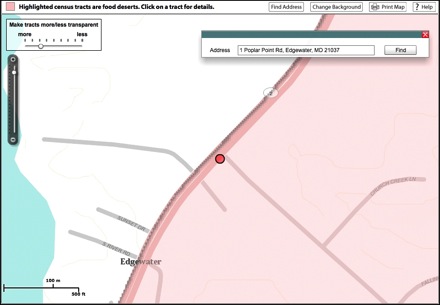
In 2009 this address received national news coverage when it was raffled off for charity as “the million dollar house.” Curiously for a food desert house, it has two kitchens.
I’d be willing to live more than two miles from a grocery store if I had won the million dollar house.
But, apparently, I wouldn’t have to. There’s a Farmer’s Market and a huge supermarket just 1.2 miles away.

So are “food deserts” something our federal government should be worried about? You tell me.



